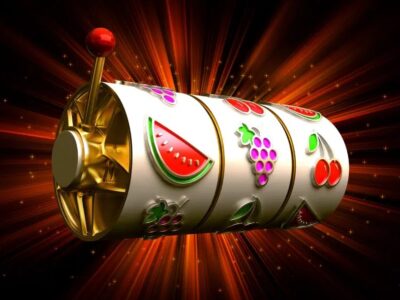Volatility divides slot games into two main playing styles that shape overall experience. Return percentages reveal only part of what truly happens during gameplay. A 96 percent RTP title functions in distinct ways depending upon its volatility category. Low-volatility online slot machines distribute returns through frequent smaller payouts that keep balances consistent. High-volatility versions store potential value for rare but intense wins separated by longer losing periods. https://qrpay44.net/ highlights how choosing games based on looks or themes alone can overlook the mathematics that decide whether funds last minutes or hours. Volatility that matches available bankrolls holds greater importance than appearance or added features.
Win frequency mechanics
- Low-volatility pays something every three to five spins. Small amounts. Rarely bigger than 10x stake. Watching the balance shows constant tiny movements rather than violent jumps. Starting with 100 units stretches across 400 spins minimum. Wins arrive fast enough to prevent boredom despite a steady downward drift. Gentle erosion instead of sudden collapse.
- High-volatility goes dead for 30 straight spins. Sometimes 40. Then a single hit explodes at 150x stake. Emotional whiplash comes standard. Funds disappear during silent periods. One bonus reverses everything within seconds. Requires thick skin and deep pockets. Shallow budgets die before variance swings favourably. Players who quit after brief cold streaks never see the recovery hits.
Peak payout ceilings
- Low-volatility tops out between 500x and 1,000x. Math models spread value widely rather than stacking it high. Hunting massive wins proves pointless. Structure prevents it deliberately. Duration provides the value proposition, not jackpot potential. Fits players wanting predictability over moon shots.
- High-volatility advertises 10,000x to 50,000x maximums. Happens once per 500,000 spins. Ridiculously unlikely. Still possible though. That thread of hope keeps players grinding through savage losing stretches. Five-unit bet transforms into an annual salary with perfect timing. Low-volatility never approaches these peaks. Design philosophy differs completely.
Stake level needs
- Low-volatility works fine at minimums. Twenty-cent spins deliver adequate engagement. Hits arrive frequently enough to sustain attention. Tight budgets access real playtime without committing large stakes per round. The model relies on volume. Ten thousand small bets equal one thousand large ones mathematically. Small operators get fair treatment.
- High volatility requires meaningful stakes for relevant results. Scoring 30 units on twenty-cent bets feels insignificant. The same multiplier on two-unit stakes produces 300 units. Night and day difference. Infrequent wins mean stake size controls whether outcomes matter. Minimum bettors watch powerful multipliers wasted on trivial bases. Games target players who are comfortable risking five to ten units per spin.
Paytable architecture differences
- Low-volatility balances value across symbol tiers. Premium symbols land regularly. Multiple paths to wins exist simultaneously. Varied combinations maintain rhythm. Dead spins stay short. Players rotate through different winning symbols rather than matching identical low-tier garbage repeatedly.
- High-volatility hoards value in rare premium symbols exclusively. Top-tier icons surface once per 200 spins. Five together pay 500x. Base wins come from worthless symbols barely covering stakes. Creates activity illusion while draining funds steadily. Profits require catching those scarce premium combinations or entering features. Regular base hits serve purely as filler.
Volatility controls gameplay rhythm beyond all other factors. Low-volatility provides steady engagement through frequent modest returns, while high-volatility hoards value for rare explosive payouts demanding substantial funds and psychological resilience to pursue successfully.








Comments